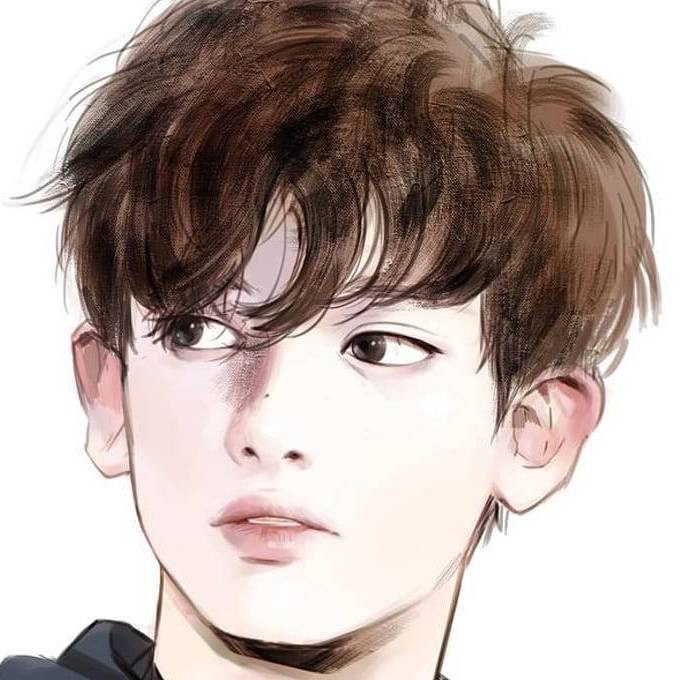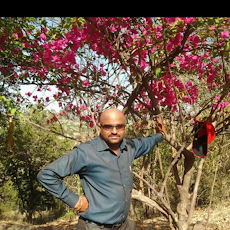In the industrial textiles sector, PVC Tarpaulin Fabric has established itself as a leading material for strength, flexibility, and weather resistance. Its production process combines polymer chemistry, advanced coating techniques, and precision weaving to create a composite structure capable of withstanding demanding environmental conditions. The evolution of PVC-coated fabrics is not only about improving performance but also about optimizing sustainability, cost-efficiency, and design adaptability.
The journey begins with the base layer — typically a high-strength polyester mesh or woven scrim. This core provides the mechanical stability required for tension, tear resistance, and dimensional consistency. The polyester yarns are tightly woven or knitted in specific patterns depending on the fabric’s intended application, such as truck covers, awnings, or industrial shelters. Shanghai MSD International Trading Co., Ltd. has mastered the balance between weave density and coating thickness to ensure a strong yet lightweight foundation.
Once the reinforcement base is ready, the PVC coating process begins. The coating resin — a blend of polyvinyl chloride, plasticizers, stabilizers, and additives — is carefully prepared to achieve the desired flexibility, color, and UV resistance. The mixture is applied using techniques like knife coating, calendaring, or extrusion, depending on the fabric’s end-use requirements. This coating encapsulates the polyester mesh, forming a waterproof, airtight, and abrasion-resistant barrier. The uniformity of this layer is essential, as even minor inconsistencies can affect the fabric’s performance over time.
A key factor in PVC tarpaulin manufacturing is the fusion between the textile base and the polymer layer. During the coating process, heat and pressure are applied to bond the PVC compound deeply into the fabric’s fibers, creating an inseparable composite. This molecular-level adhesion is what allows the fabric to endure mechanical stress without delamination or cracking. To further enhance performance, surface treatments such as anti-fungal or flame-retardant coatings may be applied to meet specific industry standards.
One of the most fascinating aspects of PVC tarpaulin production is the variation in base structure — particularly the difference between polyester mesh fabric and woven PVC tarpaulin. Polyester mesh, being open and lightweight, offers excellent breathability and flexibility, making it suitable for tension structures and shade applications. In contrast, woven tarpaulin is denser and more robust, preferred for heavy-duty uses such as transport covers, military tents, and storage enclosures. Shanghai MSD’s production lines are capable of customizing the weave patterns, coating thickness, and finish type to match these diverse functional needs.
Durability is the hallmark of well-engineered PVC tarpaulins. The fabric’s inherent resistance to UV degradation, water, oil, and chemicals ensures long-term performance in both outdoor and industrial environments. The addition of UV stabilizers helps maintain color integrity, while the inclusion of heat stabilizers prevents warping or brittleness under prolonged sun exposure. Furthermore, the fabric’s low-maintenance nature and resistance to mold or mildew make it an ideal choice for humid climates.
Beyond technical performance, aesthetics and customization play an increasingly vital role. Modern consumers and industries seek not only reliability but also design versatility. PVC tarpaulins can be produced in a wide range of colors, surface finishes (matte, glossy, or textured), and even digital prints. These options allow brands and businesses to align functional coverings with their visual identity. Shanghai MSD supports this trend by offering customized coating and lamination services to meet specific project requirements across industries.
In recent years, sustainability considerations have influenced manufacturing methods. Many producers now incorporate recyclable materials, solvent-free coatings, and energy-efficient production systems to minimize the ecological footprint. By integrating eco-conscious practices into production, companies like Shanghai MSD demonstrate how innovation and responsibility can coexist in material science.
The precision and engineering behind each roll of PVC tarpaulin make it far more than just a simple covering material. It’s the result of decades of technological refinement, combining chemistry, textile engineering, and industrial design to create a fabric that endures the toughest challenges while maintaining form and function. For further insights into PVC tarpaulin manufacturing and applications, visit Shanghai MSD International Trading Co., Ltd. at https://www.shanghaimsd.com/news/what-is-pvc-tarpaulin-fabric.html .







